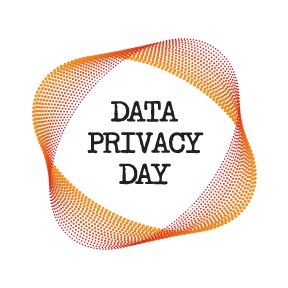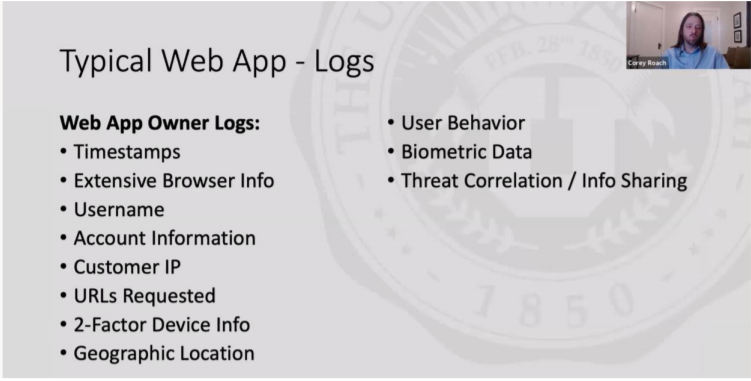
Snow has come to Seattle and with it comes the covered evergreen trees, cars slipping and sliding on the many hills, and skiing down major roadways. The shift to remote work, schooling, and services has morphed traditional snow days into “work at home if the snow hasn’t knocked out power” days. We talked about protecting patron privacy while working from home or traveling in previous posts, but we haven’t covered much around possible changes to communicating to patrons about library privacy. Now that the dust (snow) has settled, there’s one aspect of shifting to virtual library operations that needs some attention – transparency around law enforcement requests for library data.
The Canary in The Library
This year marks the 20th anniversary of the passing of the USA PATRIOT Act. While this bill passed almost unanimously through Congress, public outcry over the bill’s erosion of privacy rights was strong throughout the bill’s lifespan and the bill’s successor, the USA Freedom Act. Libraries did not escape the PATRIOT Act’s reach, with Section 215 of the Act allowing for warrantless searches for “tangible things” which the section listed “books, records, papers, documents, and other items” as some of these tangible things. ALA and many US libraries voiced their concerns about the Act’s threat to patron privacy, and many libraries changed policies and procedures to reduce the amount of patron data retained that could be seized under the Act.
There was another part of the Act that changed how libraries communicated to patrons about their privacy. The PATRIOT Act allowed gag orders to be attached to National Security Letters, preventing library workers from disclosing that they received an NSL. An example of such a gag order was the lawsuit brought forward by the Connecticut Four, successfully challenging the validity of the gag order of receiving an NSL for records identifying patrons who used library computers.
The prospect of a gag order led libraries to explore ways to notify patrons about receiving an NSL without violating the gag order that came with it. One way to get around the gag order was a warrant canary. You might have seen some warrant canary signs designed by Jessamyn West posted in various libraries, including this one:
The canaries popped up at libraries throughout the years, and the public took notice, making warrant canaries one of many ways that libraries communicated about patron privacy.
Shifting to Digital Canaries and Transparency Reports
While libraries have incorporated digital resources and services in library operations for decades, the rapid shift to virtual operations and services due to the pandemic raises some questions about library-patron communications. Physical types of communications such as signs, handouts, and pamphlets have limited reach with reduced physical services and hours. For libraries that use warrant canary signs, this restriction of in-building services limits the signs’ effectiveness. An option to work around this limitation is a digital version of the warrant canary on the library website, either as a separate page or as part of the library’s privacy notice page.
However, warrant canaries are specific to one type of government request for patron data. Tech companies such as Google, Apple, and Microsoft have started publishing transparency reports, providing a more comprehensive listing of the number and type of governmental request for user data. These reports can provide the number of requests that were fulfilled by the company as well as how many were not. Like any other public report, the data published in the report should be aggregated to reduce the risk of reidentification, the level of which depends on the size of the data set and the number of unique data points included in the set. Transparency reports can also be a place where libraries can reiterate their commitment to patron privacy, including how law enforcement request policies and procedures protect patron data.
Digital canaries and transparency reports provide greater reach in virtually communicating with patrons while in-person services are reduced due to the pandemic. Nonetheless, these communication tools will still be effective once restrictions on in-person services are lifted. Not only do they provide patrons information around governmental requests for library data, but they also serve as a way for libraries to hold themselves accountable in ensuring that patron data is not unnecessarily disclosed outside of regulation and policies.









